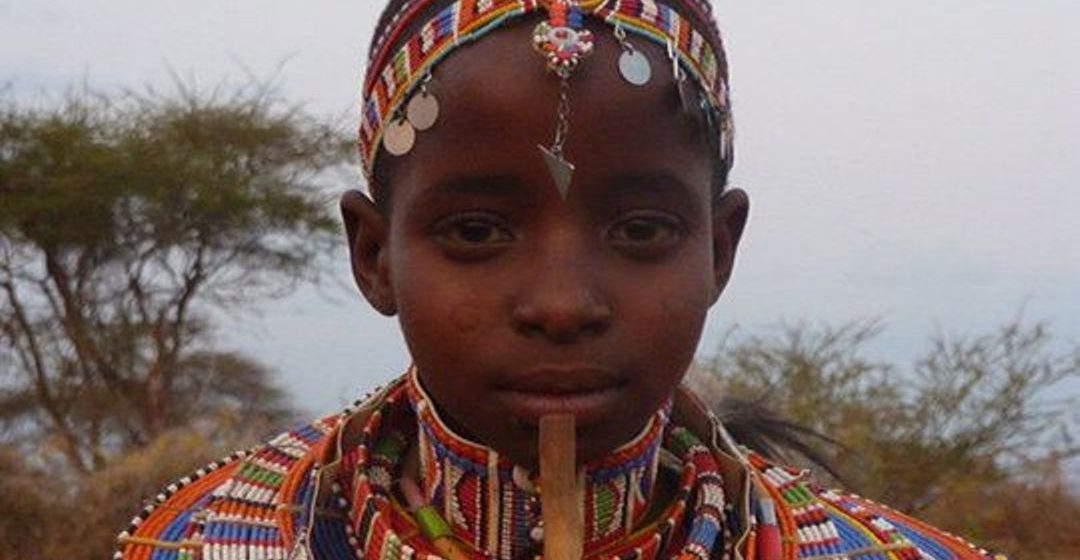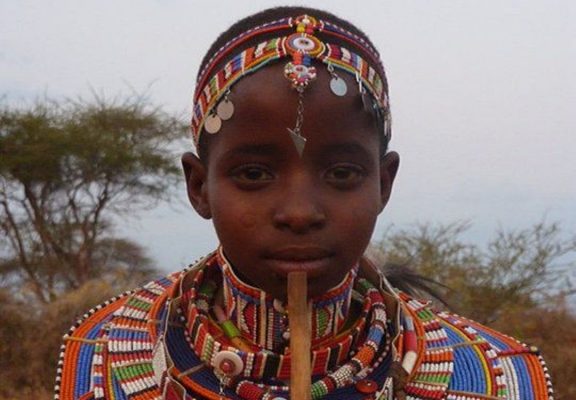

World’s Indigenous People Day
Rural, indigenous communities with high rates of poverty and stunting coexisting alongside high rates of obesity, particularly among women. Additionally, high rates of hypertension and dyslipidemia were found, but a low rate of diabetes mellitus. Knowledge of NCDs and their risk factors is low, suggesting that educational and literacy rates are low.
Prevalence of risk factors for noncommunicable diseases in an indigenous community in Africa
Objective. To describe the prevalence of noncommunicable disease (NCD) risk factors and assess knowledge of those risk factors in the indigenous community of Kenya, a lower-middle income country in Africa.
Methods. A population-based, cross-sectional study was conducted using a modified version of the STEPS protocol. Adults aged 20–65 years were surveyed regarding demographics and NCD risk factors, and the survey was followed by anthropometric and biochemical measurements.
Results. Out of 501 screened individuals, 350 respondents were enrolled. The mean age was 36.7 years, and 72.3% were women. Over 90% reported earning less than US$ 65 per month. Almost 80% were stunted. Among women, 37.3% were obese and over three-quarters had central obesity. Over three-quarters of the entire group had dyslipidemia and 18.3% had hypertension, but only 3.0% had diabetes. Overall, 36.0% of participants met criteria for metabolic syndrome. There was no significant association between participants’ education and NCD risk factors except for an inverse association with obesity by percent body fat.
Conclusions. Masai is a rural, indigenous Kenyan community with high rates of poverty and stunting coexisting alongside high rates on illiterate, particularly among women. Additionally, high rates of hypertension and dyslipidemia were found, but a low rate of diabetes mellitus. Knowledge of NCDs and their risk factors was low, suggesting that educational literacy is low.

